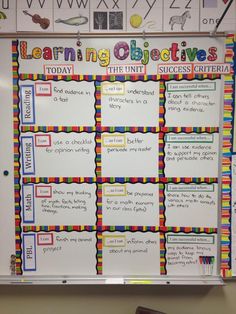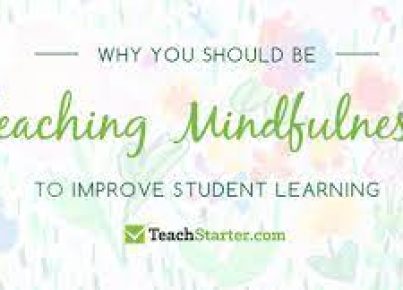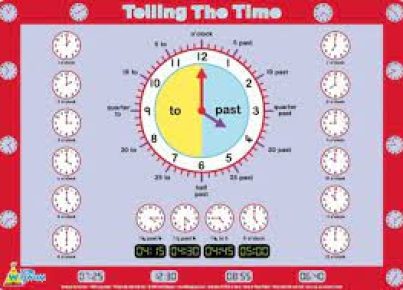The concept of visible learning goals in the classroom is founded on the principle of making students aware of what they’re expected to learn and understand in each lesson or module. The idea is that when students can see and understand the learning targets, they are more likely to engage with the material, understand expectations, and take ownership of their learning.
Visible learning goals help clarify what success looks like for a particular task or subject. Teachers often display these goals on whiteboards, posters, or digital platforms so that they are continuously in the student’s line of sight during the learning process. This continuous exposure aligns with the educational framework proposed by John Hattie, which emphasizes transparency and continuous feedback as key components of effective teaching and learning.
For educators seeking to implement visible learning goals in their classrooms, it’s important to follow certain best practices:
1.Be Clear and Concise: Goals should be specific and easy for all students to understand. Avoid educational jargon that might confuse students.
2.Make Them Student-Friendly: Phrase the goals in a way that is relevant to the students’ interests and experiences.
3.Link to Larger Objectives: Show how these immediate goals fit into larger academic frameworks or competencies to give students a sense of progress and purpose.
4.Involve Students in Creation: Engage students in creating their own learning objectives which helps promote buy-in and personal responsibility for their education.
5.Regularly Review Progress: Frequently refer back to these goals during lessons, providing opportunities for reflection on whether they have been achieved.
6.Update as Needed: As the class progresses, reassess and update learning goals in response to student feedback and assessment results.
7.Celebrate Achievements: Recognize when students meet their goals, celebrating these accomplishments to reinforce the importance of setting and achieving targets.
Building a classroom environment structured around visible learning goals not only increases student accountability but also has been shown to foster better educational outcomes through a focused, student-centered approach to teaching. It’s an evidence-based strategy that demystifies the learning process by making expectations clear, thus removing unnecessary obstacles to student success.
Adopting visible learning goals does require a shift from more traditional methods where objectives may have been known only by the teacher or embedded indirectly within curriculum guides or lesson plans. However, many educators who embrace this transparent method find it has a significant positive impact on classroom dynamics and student performance.
In conclusion, visible learning goals are a powerful tool for enhancing student engagement and achievement. By making expectations clear and tangible, teachers empower their students with direction and purpose, fostering an environment where every learner can track their progress and work towards clearly defined benchmarks of success.





